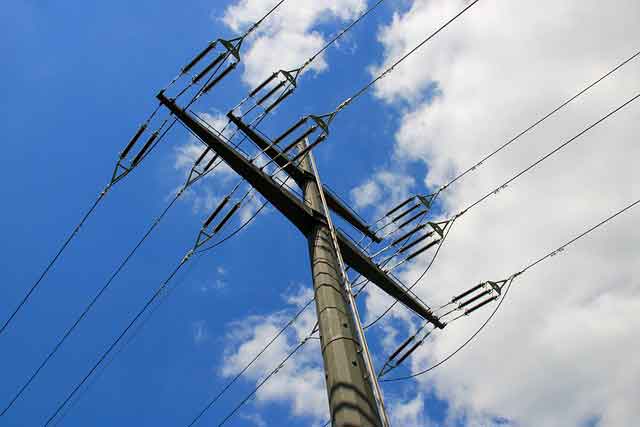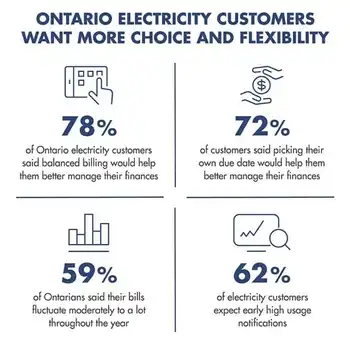McGahn named president, COO of AMSC
By Business Wire
Protective Relay Training - Basic
Our customized live online or in‑person group training can be delivered to your staff at your location.

- Live Online
- 12 hours Instructor-led
- Group Training Available
In this role, McGahn will be responsible for AMSCÂ’s day-to-day global operations. He will continue to report to AMSC founder and Chief Executive Officer Greg Yurek.
“We are delighted to name Dan McGahn President and Chief Operating Officer,” said Yurek. “Dan has consistently demonstrated the core operational, leadership and management capabilities that are needed to institute and execute successful business plans in a dynamic growth environment. He is just the right person to fill this crucial position as we continue expanding our global operations and delivering record revenues and earnings.”
McGahn, 38, joined AMSC in December 2006 as Vice President, Strategic Planning and Corporate Development. His primary initial objective was to set up and operate AMSC China. McGahn hired and developed the core AMSC China team, including AMSC ChinaÂ’s general manager, drove a strategic site selection process based on customer and supply chain requirements, and helped manage and develop AMSCÂ’s initial customer and vendor relationships in China. Today, AMSC China serves as a cornerstone of AMSCÂ’s success with over 175 employees with manufacturing operations in Suzhou, field service operations and sales in Beijing and a sales office in Shanghai.
In 2008, McGahn was promoted to the position of Senior Vice President and General Manager of AMSC Superconductors. In this role, he developed strong strategic business alliances in the area of superconductor applications to create near- and long-term demand for the companyÂ’s 344 superconductors. McGahn has also led efforts to significantly enhance AMSCÂ’s wire performance and production processes, and strengthened the AMSC Superconductors team to ensure the company is prepared for a rapid scale-up in production. The new core team of professionals includes Michael Tanner, who formerly served as Operations Manager for Evergreen Solar and General Manager of a division of ITT Industries. Tanner, who joined AMSC in August 2009, has assumed the role of General Manager of AMSC Superconductors effective immediately.
“AMSC has built a foundation for strong, sustainable growth, and the entire AMSC team is invigorated about the prospects we see ahead,” said McGahn. “Working with the rest of the management team, I look forward to strengthening AMSC’s leadership position in the wind and power grid markets while also broadening the scope of our power technologies to capitalize on emerging growth opportunities.”
Prior to joining AMSC, McGahn served as Executive Vice President and Chief Marketing Officer of Konarka Technologies, a venture-backed developer of polymer photovoltaic technology for renewable power, and General Manager and Chief Operating Officer of Hyperion Catalysis, a world leader in carbon nanotube production and application development. He holds M.S. and B.S. degrees in engineering from the Massachusetts Institute of Technology.











